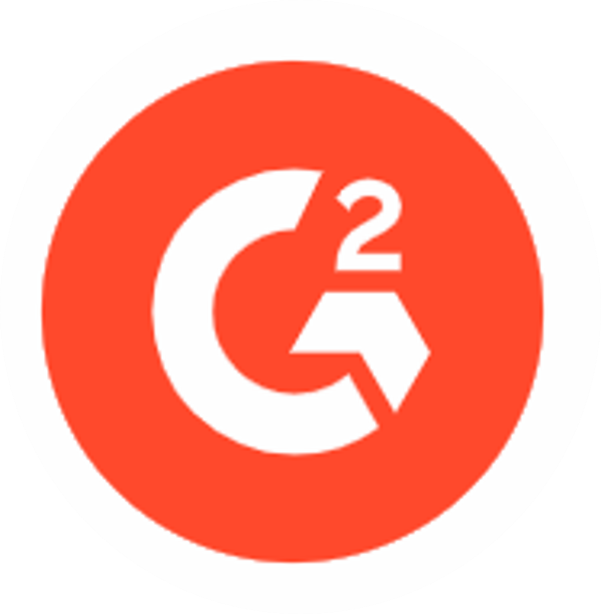Cloud computing offers unparalleled scalability, agility, and access to modern infrastructure—but it often comes with a hidden price tag. As organizations shift workloads to AWS, Azure, GCP, and other providers, they face an increasing challenge: skyrocketing and unpredictable cloud bills. Enter workflow automation—an efficient, proactive, and intelligent approach to managing and optimizing cloud costs without sacrificing innovation or productivity.
Our team highlights how workflow automation can be used to monitor, analyze, and control cloud costs across environments. We share examples, best practices, and how platforms like ours can be your automation control center for cloud cost governance.
Why Cloud Cost Control is Hard
Before we look at the solution, let’s understand why cloud cost control remains elusive:
- On-demand usage: Teams spin up compute, storage, and services freely, often forgetting to shut them down.
- Shadow IT: Developers or departments bypass IT controls and incur costs outside approved channels.
- Lack of visibility: No central view or policy enforcement for cost thresholds or anomalies.
- Complex pricing: Multi-region deployments, tiered pricing, and reserved instances make cost estimation difficult.
- Inertia: Stale resources like unattached volumes, old snapshots, or idle VMs stay active.
The result? Surprising bills, budget overruns, and underutilized investments.
Workflow Automation: The Strategic Cost Controller
Workflow automation enables the orchestration of policies, thresholds, actions, and approvals across cloud environments in real-time. By integrating with cloud billing, monitoring, and provisioning APIs, automated workflows ensure that cloud consumption is intentional, optimized, and governed.
Benefits:
- 24/7 enforcement: Detect and act on cost anomalies without human intervention.
- Cross-functional orchestration: IT, Finance, and DevOps can collaborate through defined approval chains.
- Predictability: Automate scaling, shutdowns, or quota alerts based on usage patterns.
- Accountability: Tagging enforcement and chargeback workflows for responsible usage.
Examples Workflow Use Cases for Cloud Cost Control
Let’s explore practical examples where workflow automation transforms cloud cost management:
Example 1:
Automated Resource Shutdown for Non-Production Environments
Problem: Dev/test environments run 24/7 even when not in use, wasting compute and storage.
Solution: Use a scheduled workflow to automatically power down VMs, containers, or databases during off-hours (e.g., 7 PM to 7 AM).
Flow:
- Schedule daily trigger.
- Identify non-prod tagged resources.
- Initiate API call to shut down.
- Log actions and notify owners via email or Slack.
Impact: Save 50-70% on compute costs with minimal productivity impact.
Examples 2: Budget Threshold Alerts with Approval Gates
Problem: Projects exceed budget before finance or managers notice.
Solution: Create a workflow that listens to real-time budget data or cost anomaly detection.
Flow:
- Monitor cloud billing via API.
- If project crosses 80% of budget, notify the project manager.
- Require approval to continue usage beyond threshold.
- If denied, initiate scale-down or lock spending.
Impact: Prevents budget overruns, enforces accountability.
Example 3:
Idle Resource Cleanup
Problem: Unused instances, unattached disks, old snapshots accumulate silently.
Solution: Schedule cleanup workflows that detect and delete idle resources based on policies.
Flow:
- Daily scan using cloud monitoring APIs.
- Identify unused resources based on age, access logs, or tags.
- Route to owner for review or auto-delete if older than 30 days.
- Log cleanup activity for audit.
Impact: Frees up storage, reduces data transfer costs, improves hygiene.
Example 4:
Auto-scaling & Rightsizing Optimization
Problem: Over-provisioned instances or services running below capacity.
Solution: Implement dynamic workflows that analyze utilization metrics and adjust resource size.
Flow:
- Integrate with cloud metrics (CPU, memory, traffic).
- If utilization < 20% over 7 days, trigger resize workflow.
- Optional approval before downscaling.
- Schedule scaling during low-traffic windows.
Impact: Balances performance and cost dynamically.
Example 5:
Onboarding Guardrails for Cloud Projects
Problem: New teams onboard to cloud without tagging, quotas, or cost policies.
Solution: Trigger a workflow each time a new project is created in the cloud.
Flow:
- Detect new resource group or account creation.
- Enforce required tags (project ID, owner, environment).
- Apply default budgets, quotas, and alerting policies.
- Send summary to Finance and IT.
Impact: Standardizes cloud hygiene, simplifies cost reporting.
Leveraging Our Platform for Cloud Cost Automation
Our platform provides a low-code, enterprise-grade BPM platform built on .NET that is ideal for building cloud cost workflows.
Key Features:
- Connectors: REST API integration with AWS Cost Explorer, Azure Billing API, GCP Billing, Prometheus, Grafana, etc.
- Scheduler: Run periodic cost optimization jobs.
- Forms: Build approval UI for threshold violations or cleanup confirmations.
- Dashboards: Visualize cost trends, anomaly detections, and workflow outcomes.
- Notifications: Email, SMS, Teams, Slack integrations for alerts and escalations.
Example: Cloud Budget Control Workflow in FlowWright
Workflow Name:
WF_CloudBudgetMonitor
Steps:
- HTTP GET to fetch project-wise cost from AWS Cost Explorer.
- Decision node: If cost > 90% of budget
- Form activity: Request justification and approval from project manager.
- Switch: If approved → do nothing, else → HTTP call to scale down EC2 and EBS
- Log action and notify Finance.
Benefits:
- Proactive cost enforcement.
- Workflow-level audit trail.
- Modular logic for different cloud providers.
How to Use Workflow Automation for Cloud Cost Governance
- Standardize tagging: All automation hinges on consistent resource metadata.
- Decouple policy logic: Use decision tables or externalize logic for reuse and flexibility.
- Set up observability hooks: Connect to logging and monitoring to feed workflows real-time events.
- Promote transparency: Share dashboards and cost workflows with teams.
- Embrace “FinOps” culture: Align DevOps, Finance, and Product through automation.
Advanced AI + Workflow Use Cases
Combine AI insights with automation to supercharge cost control:
- Anomaly detection: Use ML to detect unusual spend and feed into approval workflows.
- Predictive alerts: Forecast end-of-month costs and trigger actions before limits are hit.
- Auto-tagging with NLP: Classify untagged resources based on names or usage patterns.
- AI-driven optimization recommendations: Workflow executes only when AI flags non-optimal configuration.
FlowWright’s integration with AI platforms (OpenAI, Azure AI, etc.) can embed such intelligence directly in workflows.
Cloud cost control isn’t just a finance problem—it’s a workflow problem. By automating the detection, enforcement, and action steps associated with cloud cost management, organizations can achieve true cloud cost governance at scale.
Platforms like FlowWright empower IT and business teams to stay in control—proactively, consistently, and intelligently.
In the cloud, control is everything. Schedule a demo to explore our workflow automation features and discover how it can transform your organization’s ROI using workflow automation.







